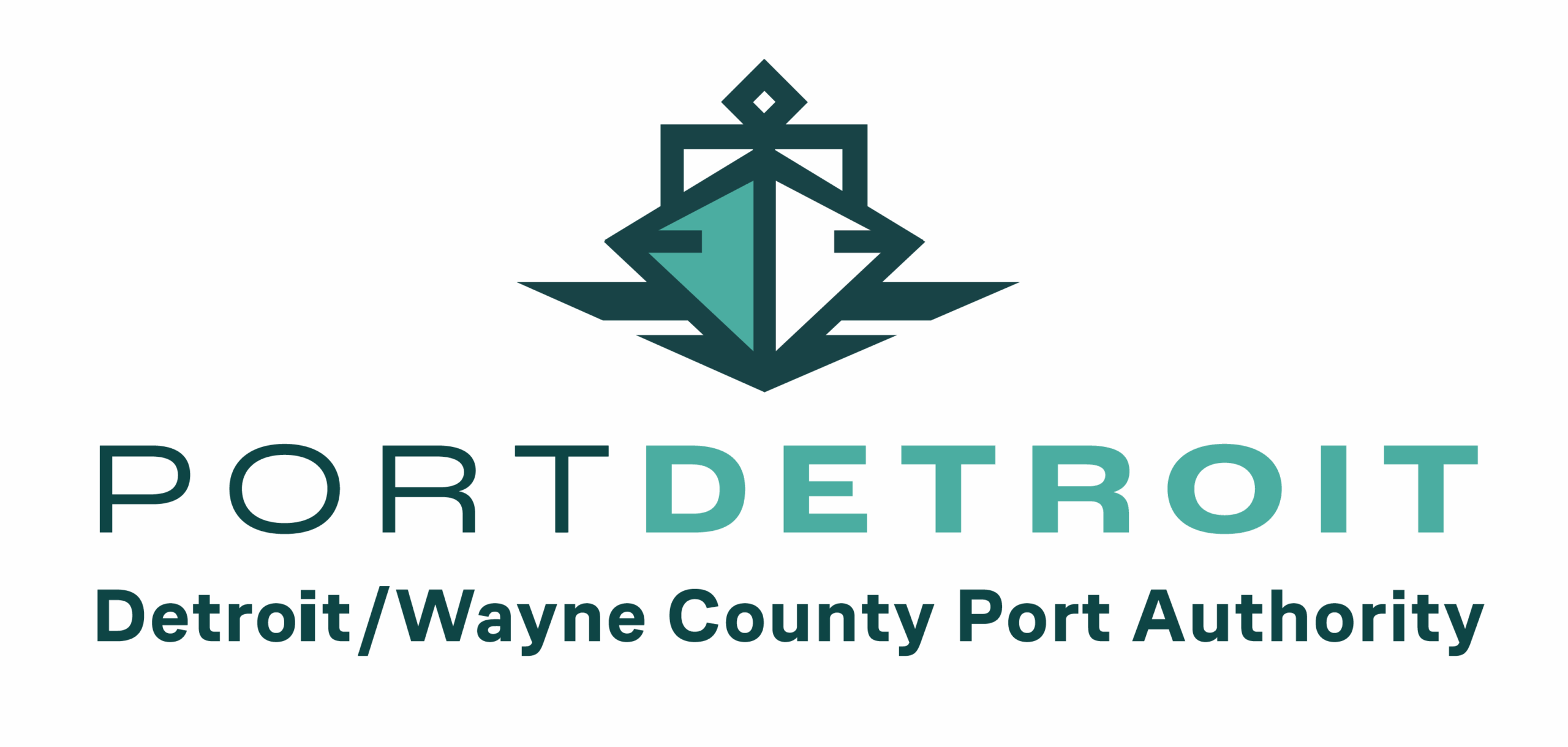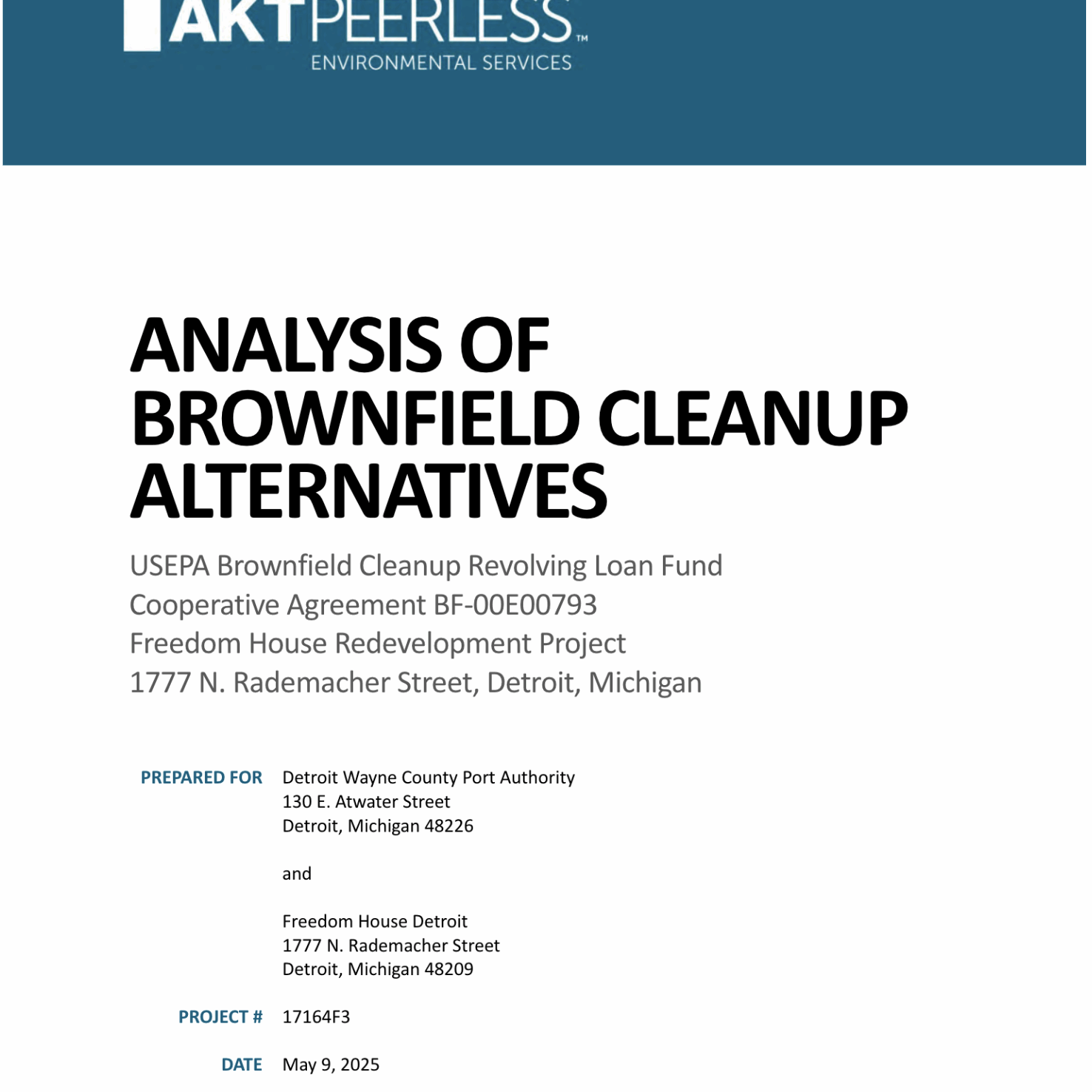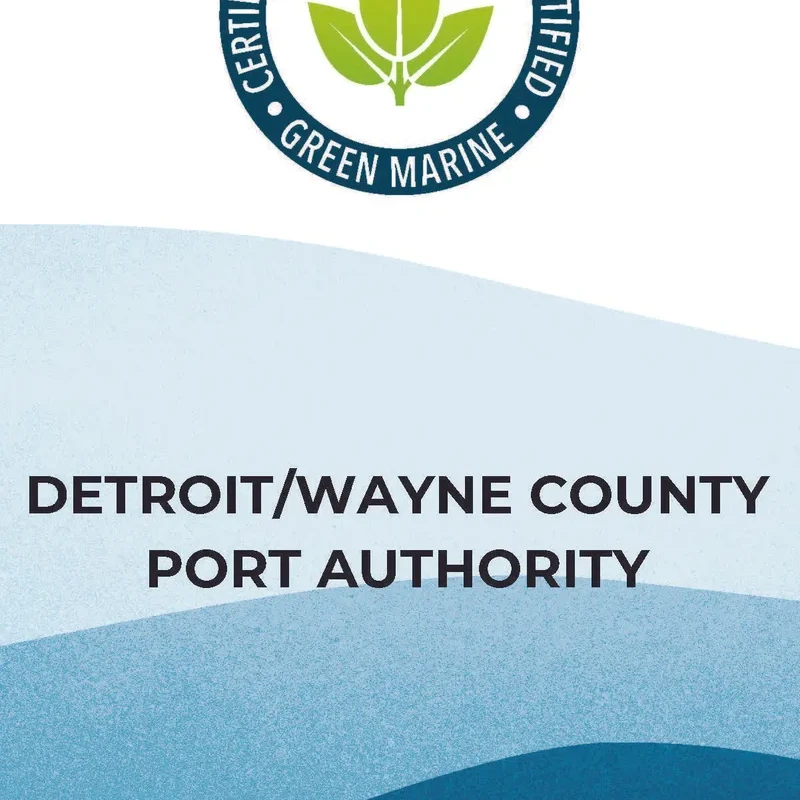About the Project
Port of Detroit Decarbonization and Air Quality Improvement
The Detroit/Wayne County Port Authority recently completed its second round of carbon emissions reporting. This reassessment builds upon the original Baseline Emissions Report, available in the document titled “Final Report – To the Community.“ Using calendar year 2024 data provided directly by port terminals, the reassessment evaluates whether total carbon dioxide emissions at the Port of Detroit have increased or decreased.
The goals of the Decarbonization and Air Quality Improvement Plan remain twofold: (a) to reduce greenhouse gas emissions from port activity to net zero by 2040, and (b) to reduce other harmful emissions—such as fugitive dust, odors, noise, vibrations, and light pollution—that negatively affect public health and the environment. The Port Authority engaged Tunley Environmental to conduct the study, estimate carbon emissions, and recommend strategies for achieving full emissions elimination. More details on the Plan’s objectives can be found in the Executive Summary.
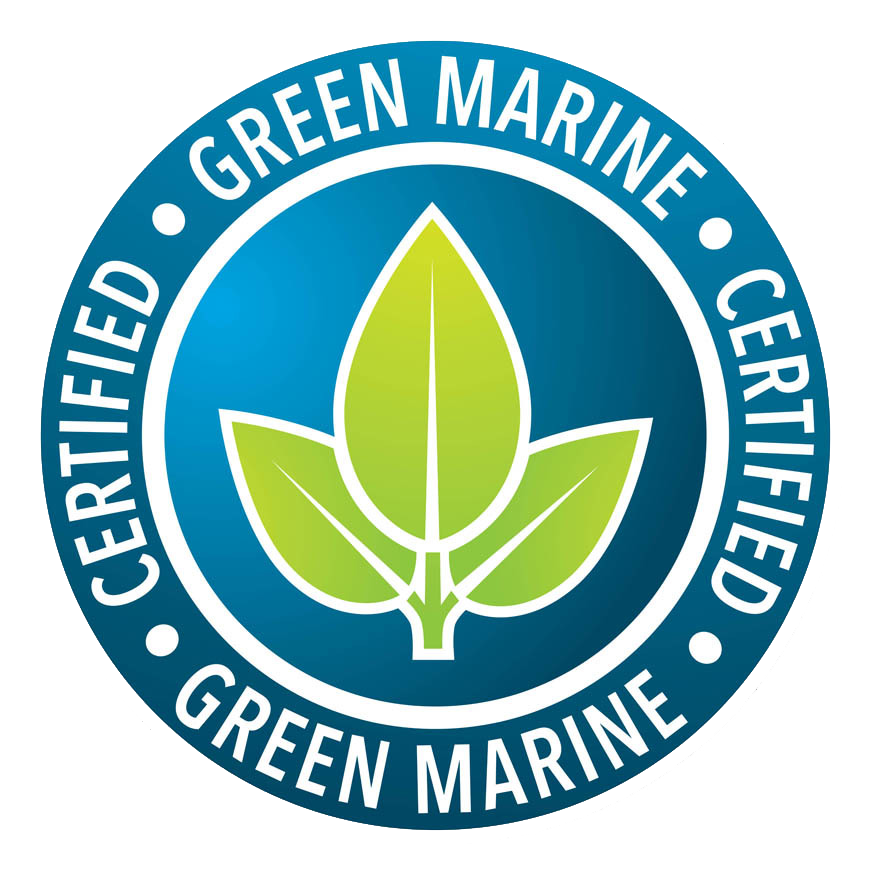
Detroit/Wayne County Port Authority is Now Green Marine Certified
Green Marine is an incredible environmental certification in the maritime industry, pushing ports and ship owners to go beyond compliance and tackle real challenges like air and water quality, biodiversity, and community impact. This milestone is more than a badge—it’s a bold step forward in our mission to drive sustainable maritime practices and reach net-zero emissions by 2040. As we continue our Decarbonization and Air Quality Improvement Plan, we also encourage all terminal operators within the Port of Detroit to explore the benefits of becoming Green Marine participants.
Change is Elemental.
Detroit is working toward a cleaner, healthier future—starting with the basics: land, water, and air. From key projects to guiding values, every element plays a role. Real change happens one step at a time. And in this plan, every step matters.
Port-Wide Baseline Carbon Assessment Interactive Map
The Detroit/Wayne County Port Authority partnered with Tunley to create a public, interactive map that displays the results of a port-wide baseline carbon assessment. This map shows the location and carbon emissions of each terminal along the Detroit River and River Rouge, offering detailed data on shipping, goods handling, and local trucking. By increasing transparency and tracking progress toward net zero by 2040, the Port of Detroit is setting a new standard for carbon reporting among Great Lakes ports—highlighting both the current footprint and ongoing efforts to reduce emissions across individual terminals.
Action Steps
Emission Reduction Strategies
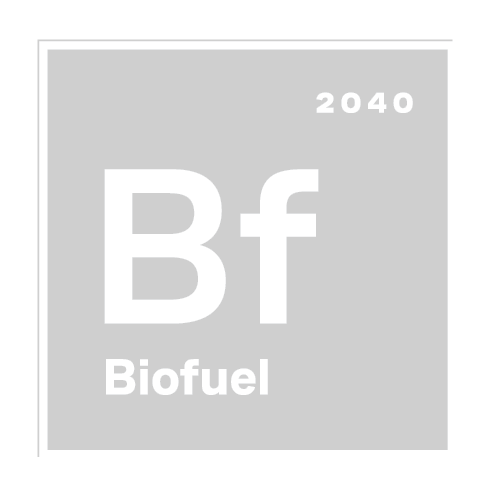
Biofuel
Implementable today with no equipment change Available for purchase in Port of Detroit Immediate reduction of carbon and air pollutants

Electrification
Implementable today in smaller applications Lower operation and repair costs for electric vehicles than diesel Zero tailpipe emissions
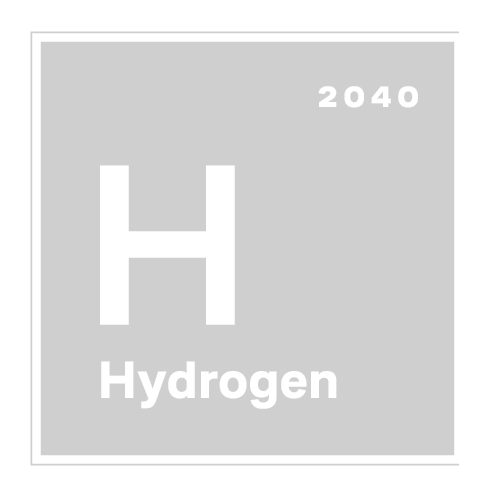
Hydrogen
The Midwest is slated to have a hydrogen hub by 2033 Renewable electricity used to make green hydrogen Zero tailpipe emissions
The Future is Biodiesel
Biodiesel Update
Legislation currently under consideration in Michigan would provide tax incentives for the production and sale of biodiesel.
A recent survey of 250 retail fuel stations across Michigan showed that only three stations carried biodiesel blends of B5 to B20. By using biodiesel more widely, our state has a huge opportunity to gain significant environmental, health and economic benefits.

Healthier Communities
- Harmful emissions from diesel engines contribute to lung disease and other health issues.
- Cleaner-burning biodiesel reduces emissions for better air quality.
- Biodiesel helps meet carbon reduction goals without changing vehicles or infrastructure.
- Statewide usage of 5% biodiesel would reduce GHG emissions by 364,000 metric tons.
Better Performance
- Improved lubricity for less engine wear.
- Higher cetane for smoother operation.
- Less soot production, reducing wear on diesel particulate filters.
- All-weather fuel.
- Blends up to B20 are approved by major vehicle manufacturers.
Home-Grown Product
-
Biodiesel is made from readily available soybean oil, used cooking oil, and other fats and oils.
-
Biodiesel adds value to 2.03 million acres of soybeans grown by Michigan farmers in 2023.
Opportunities for Michigan’s Future
- Michigan has significant potential to improve the quality of life for its citizens by encouraging greater biodiesel use.
- Biodiesel requires no new infrastructure investment.
- Many other states offer incentives and programs to encourage adoption of higher biodiesel blends.
Economic Growth
- Biodiesel currently boosts Michigan’s economy by supporting 480 jobs and contributing $117 million to the state GDP, excluding farm-level impact.
- Two plants in Michigan produce 15 million gallons of biodiesel per year.
- Statewide usage of B5 biodiesel would create demand for 50 million gallons, with even greater economic impact.
Safer to Handle
-
Biodiesel is non-toxic and biodegradable.
-
Higher flashpoint than petroleum diesel.
Source: Michigan Soybean Committee, Michigan Soybean Association
